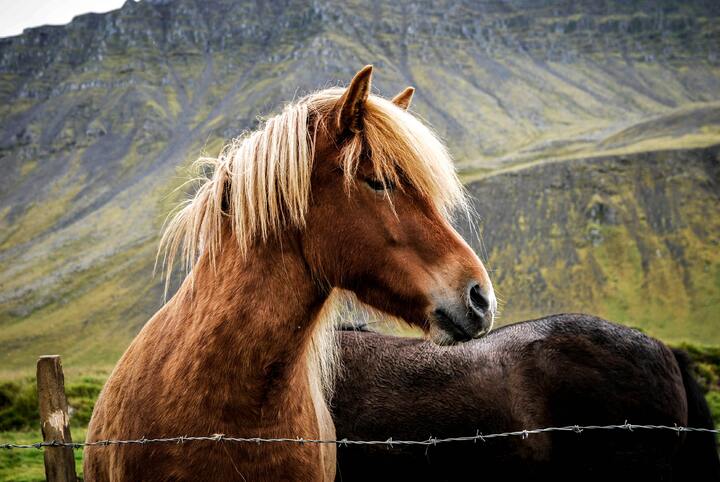- Sorrel Horse Guide - July 5, 2022
- Palomino Horse Guide - May 31, 2022
- Bottom Line Upfront:
- What is the Definition of a Sorrel?
- Sorrel Horse Coat Coloring
- Sorrel vs Chestnut
- How to Distinguish Whether Your Horse is Chestnut or a Sorrel
- Breeding Sorrel Horses
- What Types of Breeds have Sorrel Coat Coloring?
- How Much Does a Sorrel Cost?
- FAQs
- Sorrel Horse Guide: Final Thoughts
What color is a sorrel horse? Well, the answer to this question depends on a few factors. If you ask someone from New England or the midlands of Ireland, the answer will probably be brown. But if you ask someone from Scotland, their response may be red.
If you’re going for true accuracy, it is most likely somewhere in the middle — closer to a brownish-red palette than a pure brown or red.
Sure, the Sorrel is a common color but don’t let you dissuade you from loving this horse, I sure don’t. And when I began to dig deeper into what makes a Sorrel, well, a Sorrel, I became just shy of fascinated with these horses. But I’m a ‘bit’ horse-mad, and if you’re here reading up on Sorrels, I guess that makes you just a little bit horse mad too. But don’t worry, horse-mad is the best kind of crazy.
Bottom Line Upfront:
To bring you over to the Sorrel fan side, I created this guide so we can get a better understanding of the genetics that determine a Sorrel.
There’s a bit of controversy amongst global horse associations and registries because the Sorrel is not even unanimously recognized as a color! Some organizations use ‘sorrel’ and ‘chestnut’ interchangeably, while others are rather definitive about Sorrels being a separate color from the more common chestnut.
I agree with the latter because it all comes down to genetics. Any color on a horse, whether it’s its eyes, mane, or coat is determined by genetic expression. The Sorrel coat lacks any black in it- because of a dominant ‘red’ gene. This gene expression will be explained a little later on, but for now, we know there is a complete lack of black in the coat of a Sorrel.
Go on, go check your Sorrel. And if you find even the tiniest spot or shading of black on its coat, I’m sorry to break it to you but that would not be considered a Sorrel in many breed registries. But, does it matter? Well, as you can imagine, it does if you are planning on foaling Sorrels.
What is the Definition of a Sorrel?
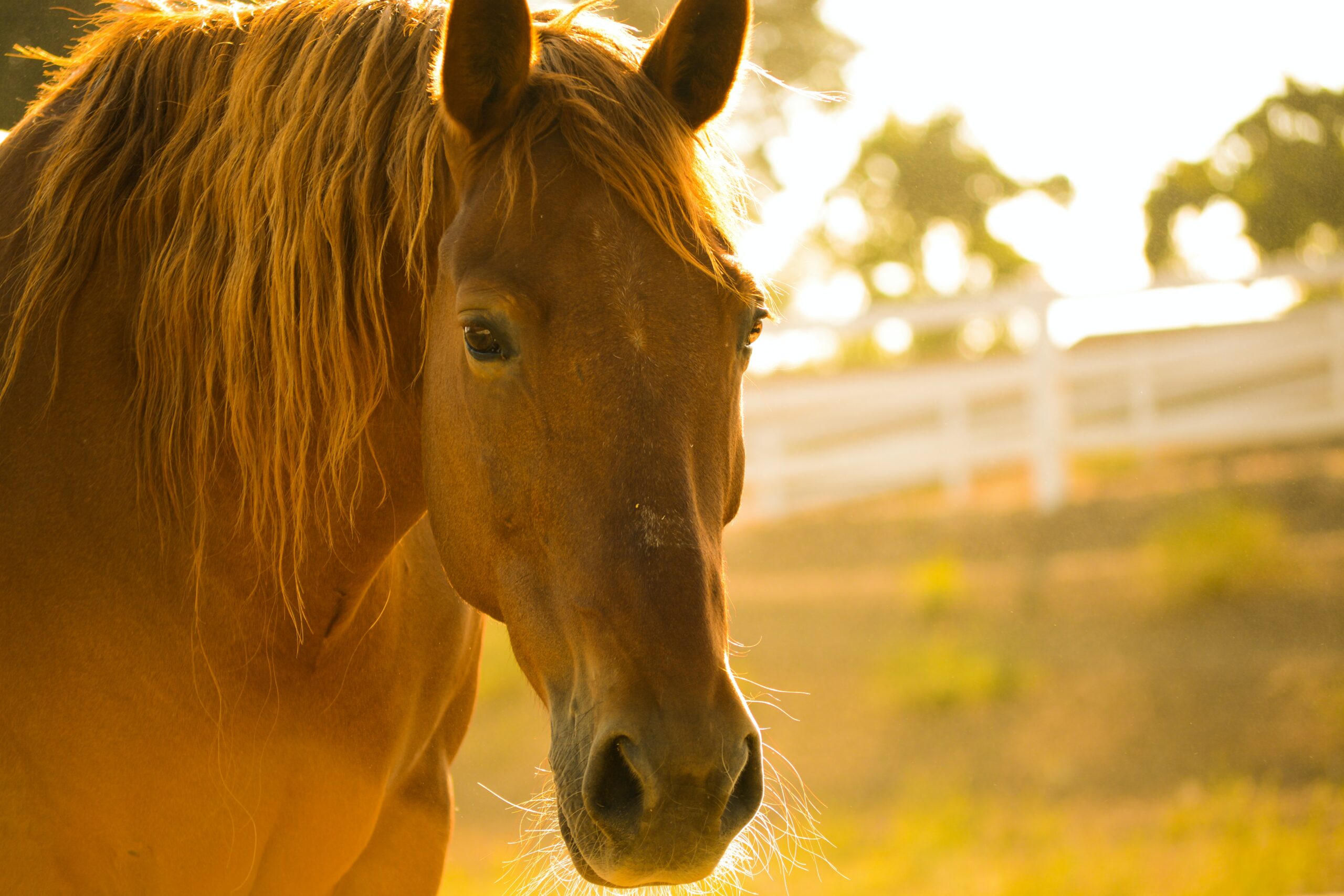
The definition of a Sorrel? Well, similar to the Palomino, it is a coat color- and not a breed. In this case, a sorrel case, refers to a horse red in color devoid of black. Sorrel is often interchangeable with a chestnut horse, and, yes, it is a common color.
While not every region or expert will distinguish that a Sorrel is different from a Chestnut, those that register to distinguish a Sorrel define it as pure red color. In contrast, the chestnut is defined as darker brown coat color. You know that light copper shimmer reminiscent of the sand as the sun sets over the sea?
That is how I see the Sorrel. I told you I’d coax you into being a Sorrel fan. Now that we have painted the picture, let’s get into the details.
Sorrel Horse Coat Coloring
If you’ve ever seen a sorrel horse in person, you’ll know that their coat color is unlike any other. As an (early) retired photographer, there is nothing quite like the way the soft dusk of sunset bounces off a Sorrel’s coat, mane, and tail.
It’s a perfect combination, most probably due to their coats being a mix between reddish and brown, but not quite either. It’s a kind of beauty that you feel, but can’t quite put your finger on why. You can find sorrel horses in many different breeds, including the American Quarter Horse and the Thoroughbred, so Sorrel is not a definite breed, but rather a specific coloring.
Sorrel vs Chestnut
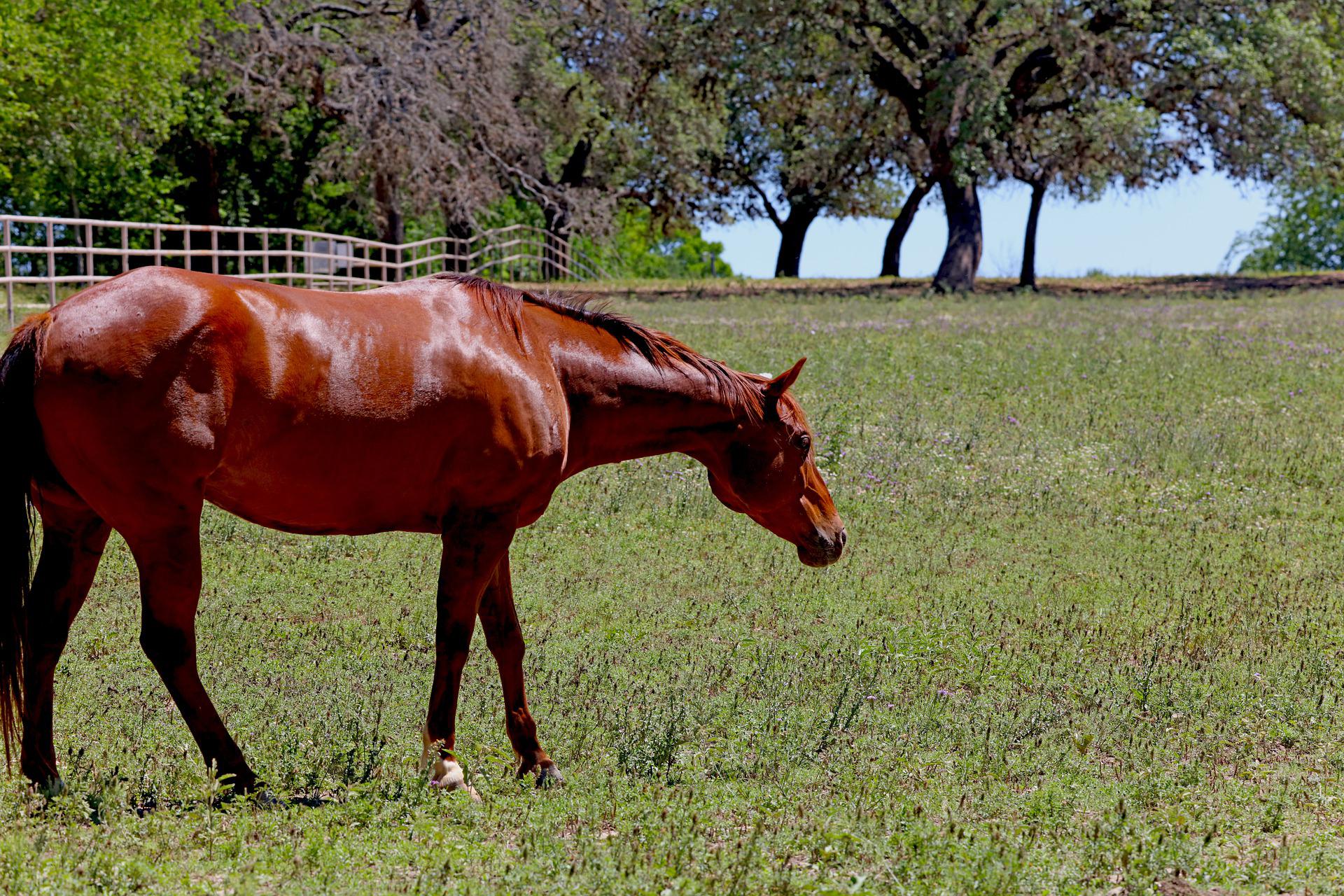
You’re not alone in struggling to tell apart chestnut and sorrel horses, I have to look twice and then just a third for good measure. Needless to say, how to tell a horse’s color just by looking at it is a topic that can start arguments in the horse world.
If you’ve ever asked how to tell a horse’s color from its appearance, you probably already know that people can get pretty passionate about this topic. And if you’ve ever tried to figure out the correct term for a horse’s color based on its looks, you’ve probably discovered that it’s not as easy as it seems! Trust me; I learned the hard way.
Horse colors are tricky. They’re not just one shade of red or brown—there are so many different kinds of shades, patterns, and hues that it can be hard to tell what you’re looking at! But isn’t that one of the things that makes them such beautiful animals?
One dilemma you may have, and what I’ve found many to have, is what differentiates a sorrel horse from its chestnut cousin. The good news is that many equine lovers (and even professionals) find looking at a horse and telling the correct color term challenging. This section will explain how to tell apart chestnut and sorrel horses.
Sorrel
In short, a Sorrel is distinguished by its red coloring, whereas the chestnut has a browner color to its coat.
- Sorrel is a red color that can be similar to the bay but with fewer brown tones.
- Sorrel is often confused with chestnut because both colors have brown tones, but sorrel is lighter than chestnut and has distinctly reddish undertones.
- Sorrel horses do not have black pigments in their coloring. If you see any black markings, however small they may be, this horse is classified as a Chestnut.
- Sorrels commonly have the same color mane, tail, and coat. They could even have a blonde mane!
Chestnut
- Chestnut has a reddish-brown coat that is darker than sorrel’s coat color.
- Chestnut horses typically tend to have darker manes and tails, unlike sorrel.
- A Chestnut horse can have black pigments on their coat.
How to Distinguish Whether Your Horse is Chestnut or a Sorrel
The first step is to get a good look at your horse’s coat. Chestnuts tend to have darker golden-brown coats than sorrels’ light brown coats. Sorrels also have white markings on their legs and face, which chestnuts do not have.
If you still aren’t sure which color your horse is, try looking at its mane and tail. Chestnut horses typically have black manes and tails (although they sometimes have brown or red tints), while sorrel horses’ manes and tails are usually lighter in color or match their bodies (they might even be blonde).
At the end of the day, if we are talking strictly about genetics- there is no genetic differentiation between the two! I was surprised by the controversy surrounding this topic and quickly realized that since there is no clear-cut genetic expression to differentiate them, and it seems to be a subjective call, the easiest way is to look for black spots or markings and examine the horse’s mane and tail.
Interestingly enough, horse enthusiasts from the West tend to argue a red horse is a Sorrel. However, an English horseman will generally argue the sorrel is nothing but a red Chestnut horse!
What does the American Quarter Horse Association say? According to them, the sorrel is defined as a copper-red Chestnut (so they get points for appeasing both sides of the fence).
As you can see, it is a complex argument that has no ‘official’ findings. Some associations, such as the United States Trotting Association and the Arabian Horse Association, do not mention sorrel in their list of official horse colors at all!
So if your horse looks red (with no black present at all), you can safely assume your horse is a sorrel. But if your horse looks a little more brownish-red, your horse is most likely a chestnut.
Breeding Sorrel Horses
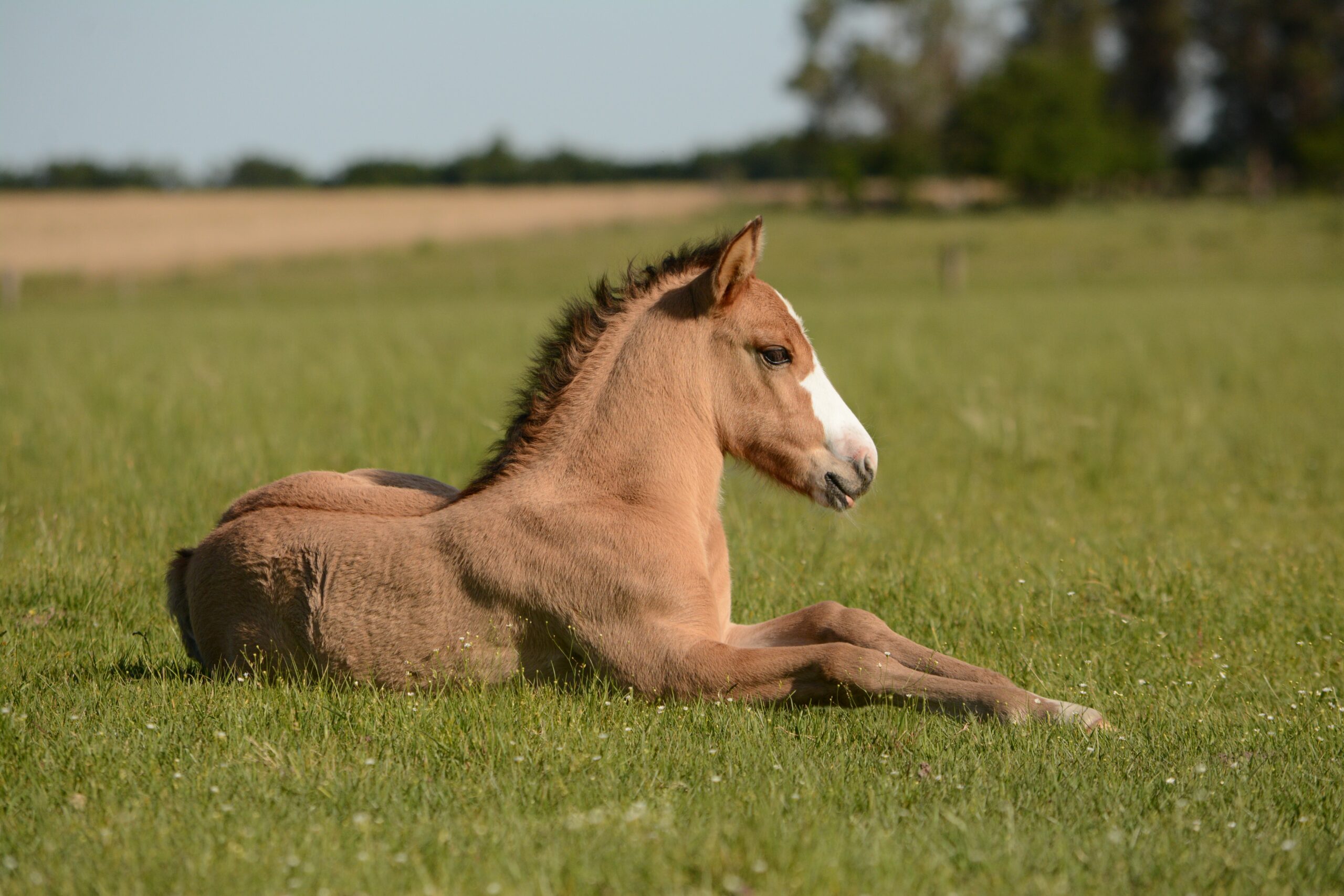
A Sorrel horse has no other color genes- primarily not black! So, how do you breed a sorrel horse?
Before we chat about breeding, we need to outline the three basic coat colors:
- chestnut
- black
- bay
- But where do these colors come from? Two primary genes that determine the color:
- ASIP (Agouti Signaling Protein and the
- MC1R (Melanocortin 1 Receptor)
- In the case of red horses, the MC1R is the main gene for producing red or black pigments.
Without getting too technical (I don’t want your eyes to glaze over because this is pretty interesting), there are three different ways this pivotal MC1R gene is expressed: E, e, and ea. There are only one of these ways, and it’s a mutation of these expressions that results in a typical sorrel, i.e., in which only the red pigment is present: the combination of ea and ea or e and e.
So, we can deduce a horse with the genetic combination free from MC1R expression E! To go a little deeper into this rabbit hole, the Sorrel horse results from the red factor recessive gene. This ultimately means that if you want to breed a foal with a purely red coat, the parents will have to both have a red gene (because the dominant gene will take over, resulting in the purely red coat).
In other words, for a horse to have this red coat, it will need two red genes- so for a sorrel foal, you will need to breed a pair of horses that each have a red gene. But what if the parent has a different colored gene? If the horse has a different color gene present, it will override the red gene. And the result? Well, you won’t have a sorrel (a pure red) horse.
What Types of Breeds have Sorrel Coat Coloring?
Mountain Pleasure Horse
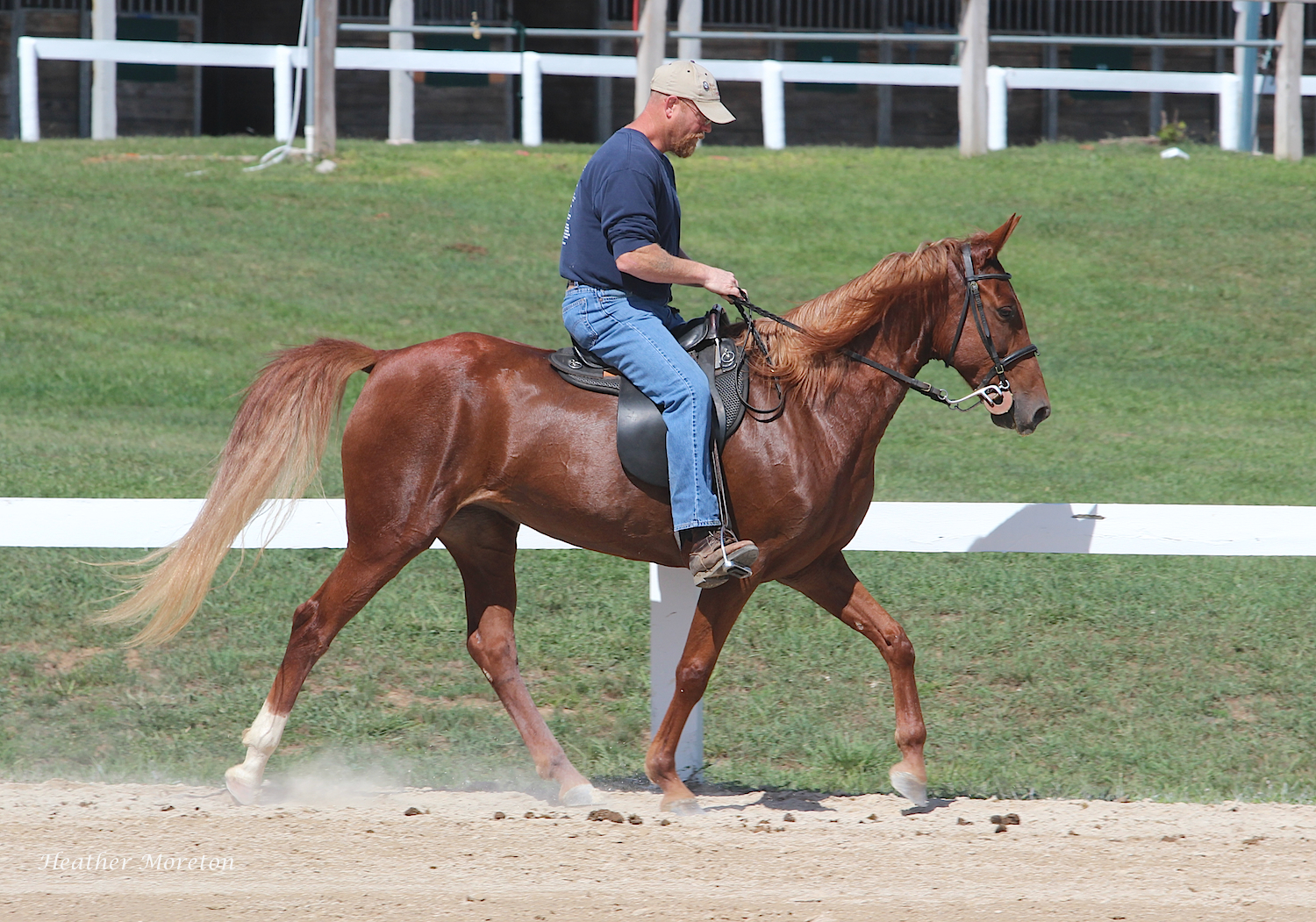
The Mountain Pleasure Horse comes from the Appalachian Mountains of Eastern Kentucky. They are revered for their calm temperament and their effortless style of walking.
Sella Italiano
Sella Italiano horses are an Italian breed, obviously created in Italy. The government has created a studbook for the horses, and their primary purpose is to be used for sports and other activities.
Tennessee Walking Horse
The Tennessee Walking Horse is a beautiful breed with a smooth, flashy running walk. Its distinctive gait and gorgeous looks have been appreciated for generations. With a smooth, flashy running walk and unique crested head, the Tennessee Walking Horse is the perfect addition to any family.
Bavarian Warmblood
The Bavarian Warmblood is a beautiful, sturdy horse developed in Germany. It has a long history and was often used by kings, leaders, and military men.
Chincoteague Assateague Pony
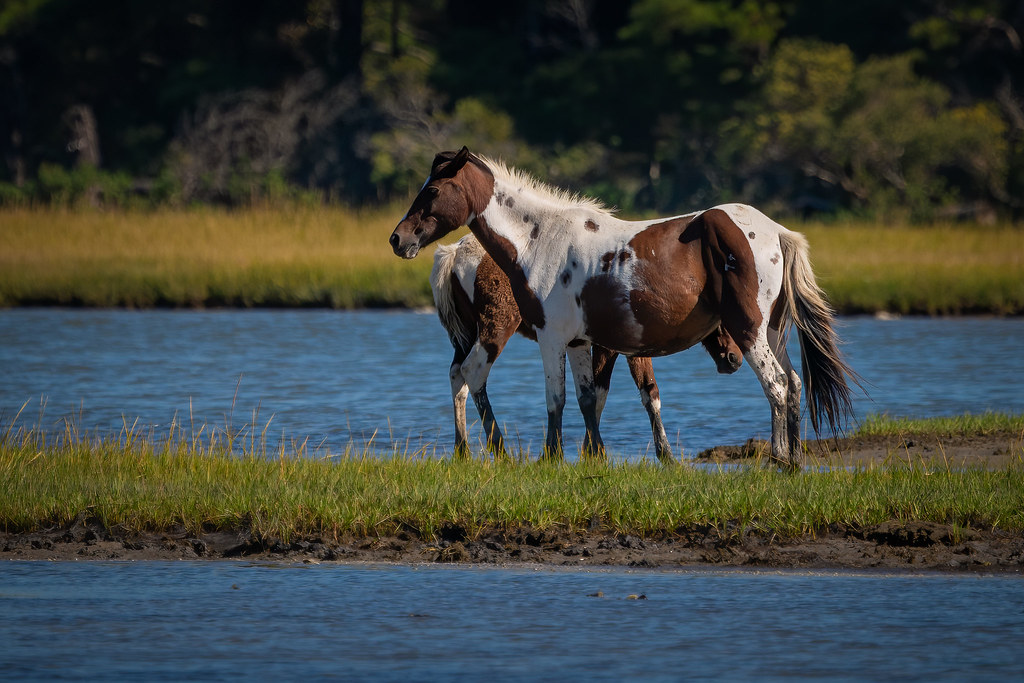
If you love horses, then the Chincoteague pony is one worth checking out. These gorgeous little guys are technically a breed of wild horse that roam free along Assateague Island in Virginia and Maryland.
American Paint Horse
The American Paint Horse is a combination of Western Horse and Appaloosa characteristics. The Paint horse is an excellent breed that works well for both experienced and novice riders. It will not disappoint. Its flashy coloring adds a bit of excitement to any day.
Its genial temperament makes interacting with it a joy, and its versatility means you can use it for many different aspects of your life. The American Paint Horse is truly an all-around, fantastic horse – and just happens to be one of my favorite breeds (as if I could ever choose just one).
Racking Horse
The Racking Horse is a gentle, strong American breed of horse known for its singlefoot gait. The name “Racking Horse” comes from their natural footfall, which is also what makes them so popular among riders.
Argentine Anglo Horse
The Argentine Anglo horse is used for equestrian sports. Lightweight, with a refined appearance, has excellent performance capabilities, much like the Thoroughbred.
The Argentine Anglo horse is one of the most versatile breeds in the world. Whether you want to jump, show-jump, or dressage, its refined appearance, and excellent performance make it a perfect choice for any rider.
Belgian Draft Horse
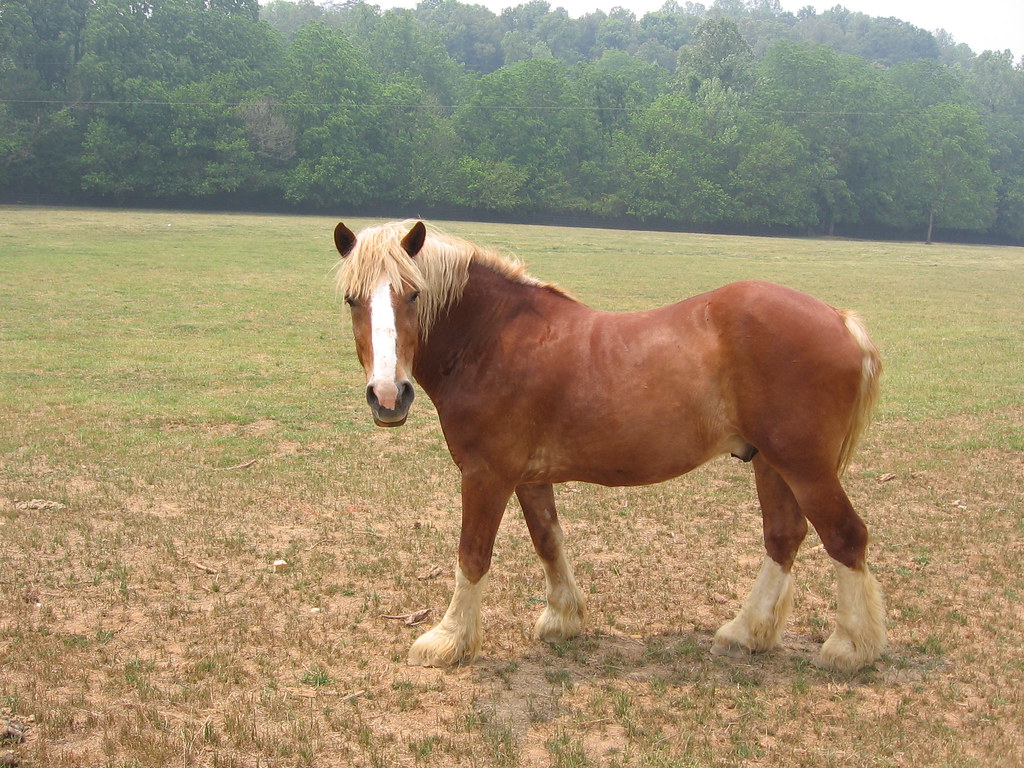
The Belgian, also known as the Brabant, is a horse breed that originated in Belgium. The Belgian isn’t just a strong breed of horse, and it’s also a loving companion.
It’s a hard-working farm horse that shines in competitions and is used for pulling wagons. A Belgian or Brabant Draft is typically between 16.2 and 17 hands tall, making it one of the largest horse breeds in the world. They’re strong enough to pull any load easily but still gentle enough to ride.c
How Much Does a Sorrel Cost?
This is always a tricky question to answer, as the price of any horse (regardless of color) depends on quite a few factors!
You’re looking at an average of $5000 for a sorrel. But in my experience, the following three factors will influence the price of a horse significantly:
Age
When buying a horse, the first thing you need to consider is how old it is. Younger horses are more expensive than older ones because they have more potential for growth and development under your care. The price also depends on whether it’s a colt (male) or filly (female).
Breeding
There are many different breeds of horses to choose from, depending on your needs and preferences! If you’re looking for an agile mount with stamina, then maybe you’d like to get an Arabian horse; if you’re looking for something more muscular, then maybe a Clydesdale would be right up your alley (pun intended).
Different breeds of horses have different characteristics, making them more or less valuable than others. Some breeds are known for their speed, while others are better suited for endurance races or jumping events.
For example, Thoroughbreds are known for their speed but are not as good at jumping, while Quarter Horses excel in sprinting but aren’t known for endurance racing like Arabians or Appaloosas. Having said that, the breed is something to pay close attention to when looking for a horse- bloodlines play an essential role in how much you pay for your horse.
Location
Horses from areas like Kentucky or Texas will cost more than other horses because of how much demand there is for these breeds in those regions.
The same goes for horses who come from famous bloodlines like Secretariat’s line or Man o’ War’s line—they’re worth more because they’ve had access to better trainers/trainers with more experience training this particular breed before they were born! If your horse comes from an area where demand is high, it will be more expensive than if it were raised in an area with low demand.
FAQs
Answer: This pretty name stems from an equally pretty plant called the sorrel. The name is drawn from the spikes of sorrel plants.
Answer: Sorrels are characterized by an undoubtedly true red color. It’s the kind of red that you’ll think of when you look at the horse: now that’s a red horse! To be fair, they can vary in their shades of red, but unlike the chestnut, which can have a reddy-brown hue, the sorrel will be predominantly red (devoid of any black spots or markings).
A Sorrel could also have a couple of white markings on its face, body, or even legs. Sorrels also often have the same color mane and tail as the rest of the body, and in some cases, you will find a blonde sorrel. They can come from various horse breeds, so their muscular frame can change according to the breed.
Answer: If you’ve ever looked at a bay horse and thought, “Dang, that’s one handsome fella,” you’re not alone. Bay horses are known for their great color, with a black base coat and a reddish sheen. They look particularly stunning when they’re out in the sunlight on a sunny day—and this is why they’re often used as show horses!
While a bay horse will have black as their base coat color, a red road will have darker red points in its coat because of the gene expression. Bay horses can also have the roan gene- this will cause a bay to have a red sheen on its coat. In this case, a bay roan will have black points coming through in their coat, whereas the red roan will have those characteristic darker red points.
Sorrel Horse Guide: Final Thoughts
As a horse lover, I have noticed that some of my favorite breeds look very similar to one another. There’s a lot of confusion about equine coat colors and their names, especially regarding red horses. Many horsemen consider a sorrel horse a red horse with a red base and a chestnut horse, a much darker, brownish-red color.


